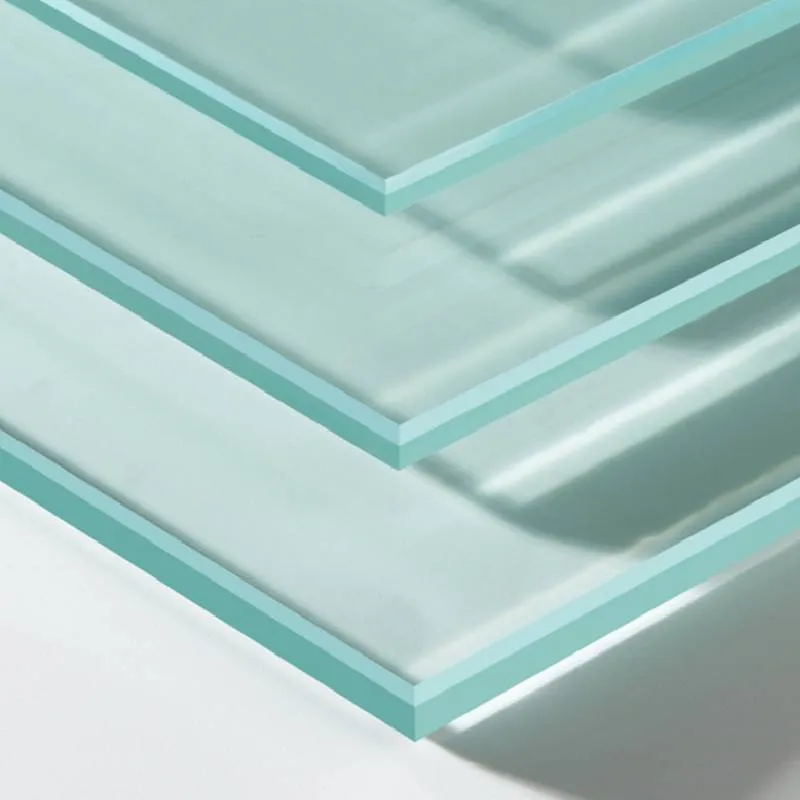Exploring Opaque Glass Styles A Versatile Design Element
Opaque glass has become increasingly popular in contemporary design, bringing a unique aesthetic and functional benefits to spaces, whether residential or commercial. With its stylish appearance and practical attributes, opaque glass serves as an inventive element that elevates the ambiance of any environment. From frosted finishes to colored glass, the myriad styles and applications of opaque glass can transform a space while maintaining privacy and diffusing light.
Defining Opaque Glass
At its core, opaque glass is characterized by its lack of transparency. Unlike traditional clear glass, opaque varieties do not allow for direct visibility, creating a blurred effect and enhancing privacy. This feature makes it ideal for spaces where one desires light while limiting visibility, such as bathrooms, conference rooms, or private offices. Various techniques—such as sandblasting, acid etching, and the incorporation of colored pigments—can create opaque surfaces, each method providing distinct textures and visual effects.
Styles of Opaque Glass
1. Frosted Glass One of the most common styles of opaque glass, frosted glass is created by sandblasting or acid etching clear glass, which results in a soft, translucent surface. This style is incredibly popular in modern interior design for bathroom enclosures, shower doors, and privacy windows. Frosted glass allows light to filter through while obscuring detailed visibility, making it an excellent choice for those seeking both aesthetics and utility.
2. Colored Glass This variant of opaque glass is infused with pigments to create vibrant, cohesive colors. Colored opaque glass can be used as design features in kitchens, living areas, or commercial spaces to add personality and character. For instance, glass panels in hues of blue or green can be utilized in cabinets or backsplashes, providing a striking visual contrast against wooden or neutral tones in the surroundings.
opaque glass styles
3. Textured Glass The use of textured opaque glass can introduce depth into a space. With various patterns—ranging from geometric shapes to organic motifs—textured glass can create a sense of movement and flow. It is often used in architectural elements like partitions, doors, and windows, contributing to a dynamic visual interest without sacrificing privacy.
4. Back-painted Glass This style of opaque glass involves applying paint to the back surface, providing a smooth, glossy finish that is bold and contemporary. Commonly used in kitchen countertops and wall paneling, back-painted glass adds a modern touch while allowing for easy maintenance. This option can be customized in an array of colors to complement existing decor or to create focal points in a room.
Applications in Design
The versatility of opaque glass allows for countless applications across various settings. In residential spaces, it can be applied in interior doors, window treatments, or as room dividers. For example, a frosted glass door can feature beautifully in a home office, providing sound attenuation while enabling a spacious feel.
In commercial environments, opaque glass is frequently used in office interiors to foster openness while ensuring privacy. Conference rooms adorned with frosted glass walls allow natural light to permeate the space without compromising confidentiality. Similarly, retail environments utilize opaque glass displays to showcase products without revealing every detail, enticing customers while maintaining an air of intrigue.
Conclusion
Opaque glass presents a sophisticated flooring surface, enhancing both visual appeal and functionality in myriad applications. Its ability to filter light while offering privacy makes it a sought-after choice in contemporary design. As various styles, such as frosted, colored, textured, and back-painted glass, gain popularity, each offers unique opportunities to create dynamic and inviting spaces. In an era where privacy and aesthetics are equally prioritized, opaque glass proves to be a stylish and sensible solution capable of elevating the ambience of any interior space. As design trends continue to evolve, the incorporation of opaque glass will undoubtedly remain a compelling choice in the modern design lexicon.
 Afrikaans
Afrikaans  Albanian
Albanian  Amharic
Amharic  Arabic
Arabic  Armenian
Armenian  Azerbaijani
Azerbaijani  Basque
Basque  Belarusian
Belarusian  Bengali
Bengali  Bosnian
Bosnian  Bulgarian
Bulgarian  Catalan
Catalan  Cebuano
Cebuano  Corsican
Corsican  Croatian
Croatian  Czech
Czech  Danish
Danish  Dutch
Dutch  English
English  Esperanto
Esperanto  Estonian
Estonian  Finnish
Finnish  French
French  Frisian
Frisian  Galician
Galician  Georgian
Georgian  German
German  Greek
Greek  Gujarati
Gujarati  Haitian Creole
Haitian Creole  hausa
hausa  hawaiian
hawaiian  Hebrew
Hebrew  Hindi
Hindi  Miao
Miao  Hungarian
Hungarian  Icelandic
Icelandic  igbo
igbo  Indonesian
Indonesian  irish
irish  Italian
Italian  Japanese
Japanese  Javanese
Javanese  Kannada
Kannada  kazakh
kazakh  Khmer
Khmer  Rwandese
Rwandese  Korean
Korean  Kurdish
Kurdish  Kyrgyz
Kyrgyz  Lao
Lao  Latin
Latin  Latvian
Latvian  Lithuanian
Lithuanian  Luxembourgish
Luxembourgish  Macedonian
Macedonian  Malgashi
Malgashi  Malay
Malay  Malayalam
Malayalam  Maltese
Maltese  Maori
Maori  Marathi
Marathi  Mongolian
Mongolian  Myanmar
Myanmar  Nepali
Nepali  Norwegian
Norwegian  Norwegian
Norwegian  Occitan
Occitan  Pashto
Pashto  Persian
Persian  Polish
Polish  Portuguese
Portuguese  Punjabi
Punjabi  Romanian
Romanian  Russian
Russian  Samoan
Samoan  Scottish Gaelic
Scottish Gaelic  Serbian
Serbian  Sesotho
Sesotho  Shona
Shona  Sindhi
Sindhi  Sinhala
Sinhala  Slovak
Slovak  Slovenian
Slovenian  Somali
Somali  Spanish
Spanish  Sundanese
Sundanese  Swahili
Swahili  Swedish
Swedish  Tagalog
Tagalog  Tajik
Tajik  Tamil
Tamil  Tatar
Tatar  Telugu
Telugu  Thai
Thai  Turkish
Turkish  Turkmen
Turkmen  Ukrainian
Ukrainian  Urdu
Urdu  Uighur
Uighur  Uzbek
Uzbek  Vietnamese
Vietnamese  Welsh
Welsh  Bantu
Bantu  Yiddish
Yiddish  Yoruba
Yoruba  Zulu
Zulu 

